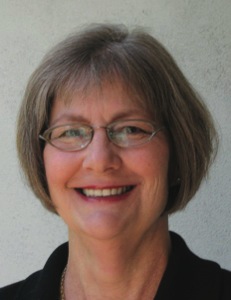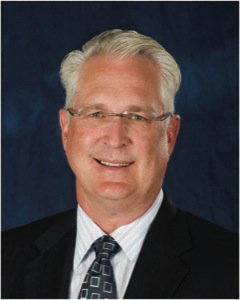
In the June primary, challenger Ray Ellis bested incumbent District 1 City Councilmember Sherri Lightner 45.6 percent to 41.5 percent. As the top two candidates, both made the recent general election, where Lightner not only added significantly to her total (54.9 percent), but drove down Ellis’ (45.1 percent). How did Lightner change the minds of Ellis voters?
She probably didn’t. Ellis actually received nearly 12,000 more votes than he did in the primary. That wasn’t enough to keep pace with Lightner, who added more than 17,000. The story was much the same across San Diego, with nearly twice as many voters participating in the general election, and Democrats getting the lion’s share of them.
Republican leaning primary electorates is a nationwide phenomenon, but has special implications in San Diego, because not every race gets to the general electorate. Candidates in city races who get more than 50 percent of the primary vote are elected without a November run-off.
Insiders on both sides of these “non-partisan” races know that majority victories in primary elections are an important way Republicans have stayed in office as long as they have despite an increasingly Democratic electorate.
Nowhere was that more clear than in City Council District 7. Democrats and progressives gave themselves a good shot at this seat when the district lines were drawn to accommodate the 2010 census and the creation of District 9. Instead, conservative Scott Sherman was elected in June with 50.09 percent of the vote, avoiding a run-off by just 30 votes.
Could Mat Kotrinsky, who placed second with 40.08 percent, have won a November runoff? It’s certainly possible. Lightner added 13 points to her primary total, more than Kotrinsky would have needed. Council District 7 sits largely in the 52nd and 53rd U.S. Congressional Districts where Rep.-elect Scott Peters ran 4 points ahead of primary Democrats in total and Rep. Susan Davis bested her primary performance by the same margin.

Conservatives might argue that Councilmember-elect Sherman would have added primary voters who chose fellow conservative Rik Hauptfield and survived the electorate change. We’ll never know for sure, because tens of thousands of potential voters were never heard.
Some will argue that voters who skip primaries are choosing to give up their voice, and additional elections are expensive. Fair enough, but the goal of democracy should be to reach out to non-voters, not give them the raspberry – even if it costs a little more.
If the Mohammed’s aren’t coming to the mountain, there is nothing wrong with moving the mountain in Mohammed’s direction. California has already realized this, recently adding ballot initiatives to the November ballot to ensure decisions reflect the will of as many Californians as possible.
The City of San Diego should similarly increase the number of voters heard by moving initiatives to November and having run-offs for every contested race.
The new City Council and mayor could get the ball rolling by asking the state of California to put an amendment to the City charter on the ballot. The only question is when.
Off-year elections have notoriously low turnout, so 2013 might not be as good as 2014. It’s probably worth waiting one year to give more voters a voice every year.











